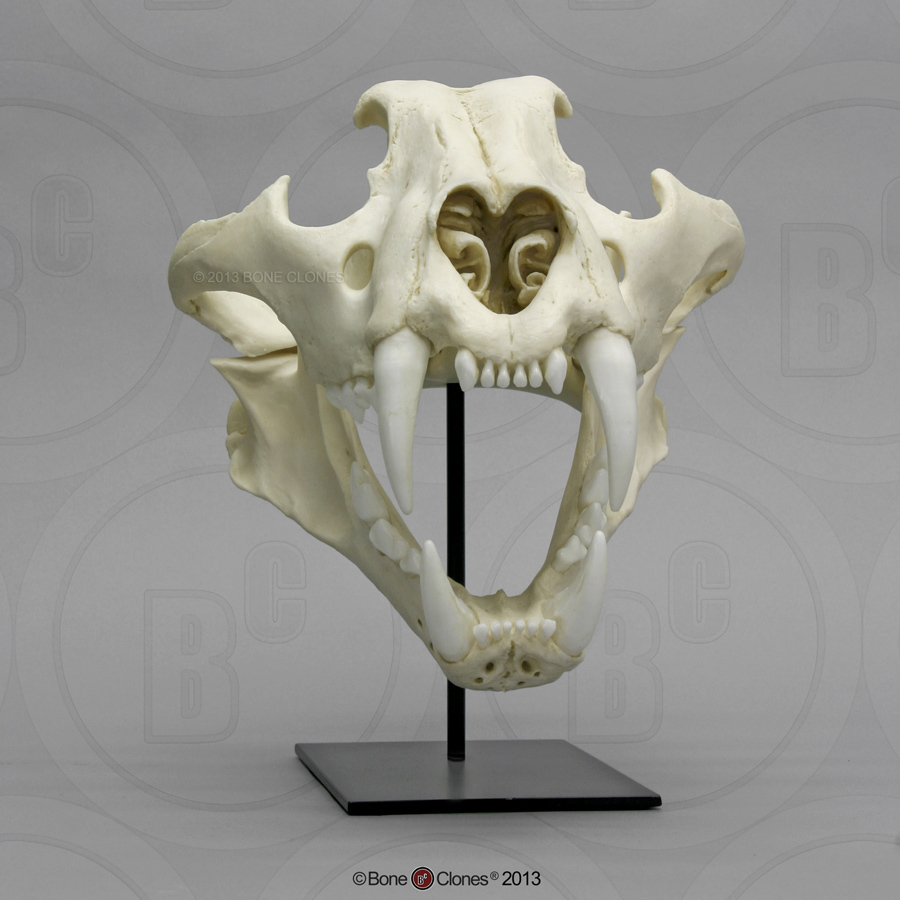

The major entrance and exit for the respiratory system is through the nose. See Figure 7.5 to review the anatomy of the head and neck. Each of these spaces is called an ethmoid air cell.įigure 7.4 Sinuses Anatomy of Nose, Pharynx, and Mouth The lateral aspects of the ethmoid bone contain multiple small spaces separated by very thin, bony walls. The sphenoid sinus is a single, midline sinus located within the body of the sphenoid bone. The maxillary sinuses are most commonly involved during sinus infections. The largest sinus, the maxillary sinus, is paired and located within the right and left maxillary bones just below the orbits. The frontal sinus is located just above the eyebrows within the frontal bone. Įach of the paranasal sinuses is named for the skull bone that it occupies. The resulting pressure produces pain and discomfort.

When a person has a cold or sinus congestion, the mucosa swells and produces excess mucus that often obstructs the narrow passageways between the sinuses and the nasal cavity. They reduce bone mass, lightening the skull, and also add resonance to the voice. The sinuses connect with the nasal cavity and are lined with nasal mucosa. See Figure 7.4 for an illustration of the sinuses. The paranasal sinuses are hollow, air-filled spaces located within the skull. įigure 7.3 Coronal Sutures in Lateral View of Skull Paranasal Sinuses If the underlying artery is damaged, bleeding can cause the formation of a collection of blood, called a hematoma, between the brain and interior of the skull, which can be life-threatening. A strong blow to this region can fracture the bones around the pterion. The pterion is an important clinical landmark because located immediately under it, inside the skull, is a major branch of an artery that supplies the brain. At the intersection of the coronal and squamous sutures is the pterion, a small, capital H-shaped suture line region that unites the frontal bone, parietal bone, temporal bone, and greater wing of the sphenoid bone. It unites the squamous portion of the temporal bone with the parietal bone. The squamous suture is located on the lateral side of the skull. It runs from side to side across the skull and joins the frontal bone to the right and left parietal bones. The coronal suture is seen on the top of the skull. See Figure 7.3 for an illustration of two of the sutures, the coronal and squamous sutures, on the lateral view of the head. This is the normal position for the remainder of the life span and the sutures become immobile. Over the next few days, the head expands, the overlapping disappears, and the edges of the bony plates meet edge to edge. In a newborn infant, the pressure from vaginal delivery compresses the head and causes the bony plates to overlap at the sutures, creating a small ridge. Ī sutureis an interlocking joint between adjacent bones of the skull and is filled with dense, fibrous connective tissue that unites the bones.
Only movable bone in the skull plus#
The brain case consists of eight bones, including the paired parietal and temporal bones plus the unpaired frontal, occipital, sphenoid, and ethmoid bones. See Figure 7.2 for an image of the brain within the cranial cavity. The brain case surrounds and protects the brain that occupies the cranial cavity. The maxilla forms the upper jaw and supports the upper teeth. The mandibleforms the lower jaw and is the only movable bone in the skull. Inside the nasal area of the skull, the nasal cavity is divided into halves by the nasal septumthat consists of both bone and cartilage components. The orbitis the bony socket that houses the eyeball and the muscles that move the eyeball. See Figure 7.1 for an illustration of the skull. This anterior view of the skull is dominated by the openings of the orbits, the nasal cavity, and the upper and lower jaws. The anterior skull consists of facial bones that provide the bony support for the eyes and structures of the face. To perform and document an accurate assessment of the head and neck, it is important to understand their basic anatomy and physiology.


 0 kommentar(er)
0 kommentar(er)
